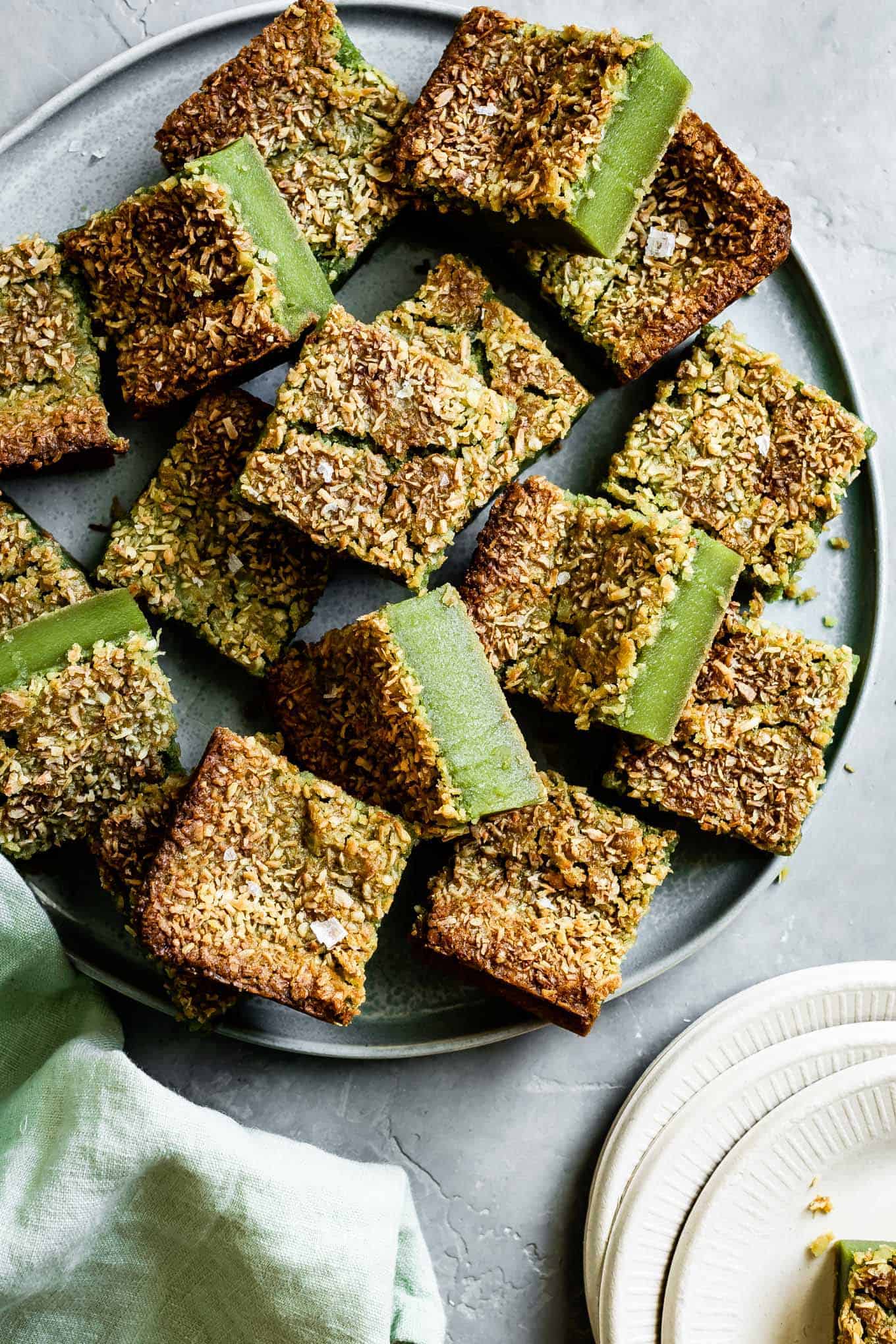

The sweet, distinctively nuttiness of azuki (red bean) sets red bean mochi apart from the rest of the flavors. The traditional dessert filling of Japan has not escaped mochi, or the rest of the world. With a variety of flavors available all over, more people are connecting to the cuisines of different cultures by sampling them through mochi. Countries and regions are generally loyal to the flavors that come from their local sources, and mochi makers have risen to the challenge. By importing a variety of different flavors into the same loveable package, mochi makers have satisfied millions the world-over. Then simply follow the instructions in the directions tab on this page.Mochi has become popular all over the world, and its popularity has made a variety of flavors possible and available. Luckily, your Tiger mochi maker will do the heavy lifting here!Īfter a good soaking of your glutinous rice (sweet rice), make sure to drain well to ensure the best texture of your cooked mochi. Making mochi from scratch can be a laborious, sticky process.Īnd while it can totally be a fun food project to share with friends and family on a holiday, it isn’t always the most practical use of your time in the kitchen. That said, we still find it delicious 😋įun fact: delicious in Japanese is ‘oishi’ – おいしい. The elastic, chewy gumminess is like nothing else we’ve ever tried in the food world. And while more assertive levels of sweetness are often added to mochi recipes when used in desserts, mochi is more about the texture than the flavor. On its own, mochi has a very mild flavor – almost like plain rice with just the faintest hint of underlying sweetness. Japanese mochi is eaten in many forms on New Year’s Day – kagami mochi and ozoni being two of the most often used preparations to welcome in the new year. It is used in Japanese desserts (most famously as the delicious, chewy edible wrapper in mochi ice cream) – and also made into seasonal specialties for celebrations in Japan. Now, this rice is essentially soaked, steamed and then pounded into an elastic, stretchy paste which can be molded and shaped into many forms. In Japanese, this short grain glutinous rice is called mochigome – and it’s common to hear it referred to as sweet rice in English. Mochi (もち) is a Japanese rice cake made of glutinous rice. Serve with desired toppings such as maccha or anko (red beans).Flatten the mochi and place on non-stick pans (or a pan with sprinkled flour).


Leave the lid off and push the “POUND” button to start pounding the mochi.Remove the lid and check if rice is soft. Press the “OFF” button to turn off the machine. The buzzer will ring when completed to show that the steam has ended.Connect the power pug and push “STEAM” button to start the steaming.Place the lid on top, making sure to not press down the rice. Place the desired amount of rice in the inner container and lightly level the rice by hand.Mount the impeller to the motor shaft and turn until it stops.Mount the inner container and turn clockwise to set in the mochi maker.Pour the appropriate amount of water in the water reservoir using the supplied measuring cup.If the rice is not well drained, the mochi may be too soft after pounding. Before steaming, strain the rice for about 30 minutes.Avoid soaking for over 24 hours and in water where it may freeze over time. Soak rice in water for 6-12 hours to make the rice bright and glutinous.Rinse rice several times in a separate bowl until the water in the bowl appears relatively clear.


 0 kommentar(er)
0 kommentar(er)
